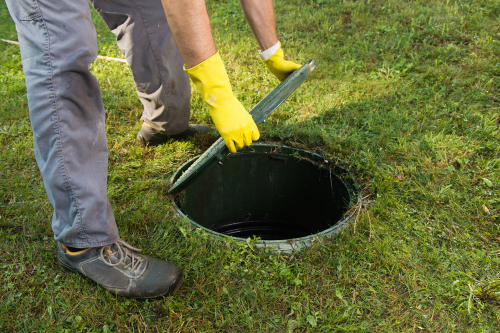Princeton Town Topics – Let’s Talk Real Estate – May 8, 2024

SEPTIC INSPECTION
Septic systems are vital yet often overlooked components of a home’s infrastructure. Understanding what a septic inspection entails can save homeowners from costly repairs and environmental hazards.
A septic inspection involves a thorough assessment of the entire system, from the tank to the drain field. Professionals inspect for signs of leakage, blockages, and structural integrity. They’ll assess the tank’s level of sludge and scum, ensuring it’s within healthy parameters. Drain field functionality is also crucial; any issues here could lead to sewage backup or contamination.
During the inspection, inspectors may conduct dye tests to check for leaks and use specialized cameras to inspect pipes for damage or blockages. Additionally, they’ll assess factors such as soil quality and system age to determine its overall health and lifespan.
Regular septic inspections, typically recommended every three to five years, are essential for maintaining a properly functioning system and preventing costly repairs or environmental damage. Investing in these inspections is an investment in the longevity and safety of your home.


